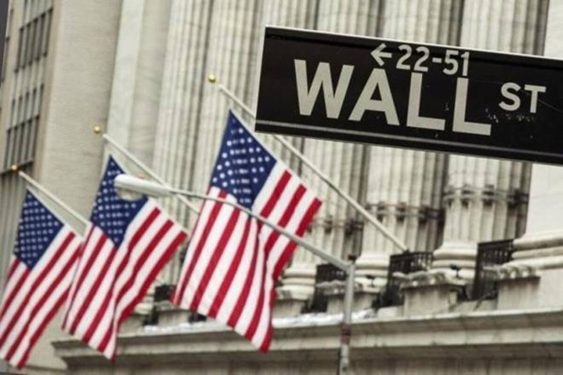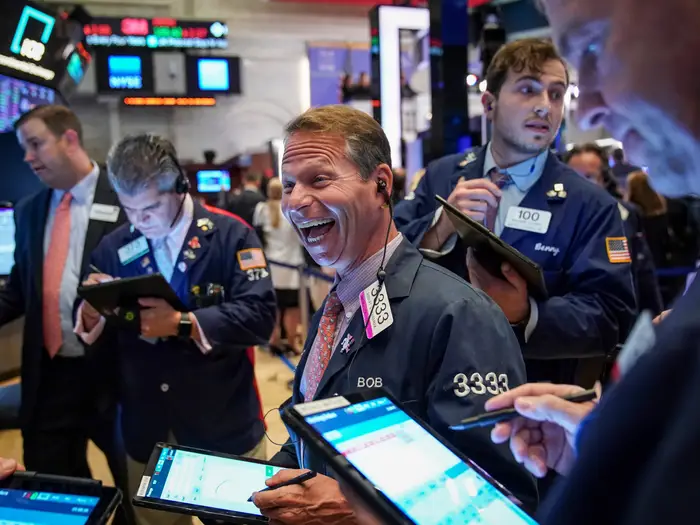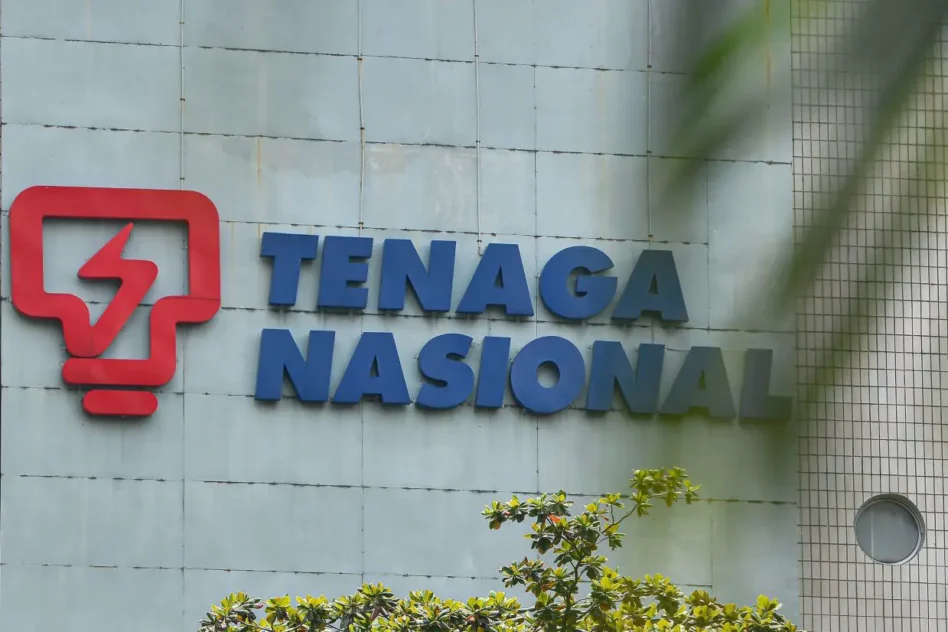THE S&P 500 soared 9.5% or474.13 points to 5,456.90 for its biggest daily gain since October 2008 during the global financial crisis after US President Donald Trump declared an immediate 90-day tariff pause for many countries, bringing some relief to investors worried about the global economic impact of US trade policies.
The rally which followed Wall Street’s biggest four-day percentage loss since the pandemic was triggered by an afternoon announcement that Trump would temporarily lower many new tariffs while he raised the levy on Chinese imports to 125%.
Elsewhere, the Dow Jones Industrial Average rose 2,962.86 points or 7.87%, to 40,608.45 while Nasdaq Composite spiked 1,857.06 points or 12.16%, to 17,124.97 for its biggest gain since January 2001 during the dotcom market bubble.
The pause of heftier tariffs on dozens of countries came less than 24 hours after they kicked in. However, the White House kept a 10% blanket duty on almost all US imports.
The increase in China tariffs was in retaliation for China’s announcement of an 84% levy on US goods starting April 10.
Traders took the opportunity to shop for beaten-down stocks. Since Trump announced broad tariffs late on April 2, stocks had fallen more than 12%.
“This is the pivotal moment we’ve been waiting for. The immediate market reaction has been overwhelmingly positive, as investors interpret this as a step toward much-needed clarity,” reacted Bolvin Wealth Management Group president Gina Bolvin.

“However, uncertainty looms over what happens after the 90-day period, leaving investors to grapple with potential volatility ahead.”
After Trump’s pause announcement, Goldman Sachs said it was rescinding its recession forecast and reverting to its previous baseline estimate for the economy to grow in 2025.
Kevin Gordon, senior investment strategist at Charles Schwab, said the rally from oversold levels made sense but cautioned that “to have a high conviction call on anything right now is a fool’s errand.”
“We just have to wait and see what the ultimate policy is but unfortunately the policy changes almost on a daily basis,” observed Gordon, adding he was concerned about companies’ ability to make spending and hiring decisions in such an environment.
Even with the rally, all three of Wall Street’s major averages ended the session below the April 2 close, the last trading day before Trump unveiled broad tariffs.
The CBOE Volatility Index – seen as Wall Street’s “fear gauge” – fell sharply after the tariff pause to end the day at 33.62 points compared with its session high of 57.96.
Minutes from the US Federal Reserve’s meeting last month were also released in the afternoon.
Fed policymakers were nearly unanimous that the US economy faced risks of simultaneously higher inflation and slower growth with some policymakers noting that “difficult trade-offs” could lie ahead for the central bank. – April 10, 2025
Main image credit: Business Insider









